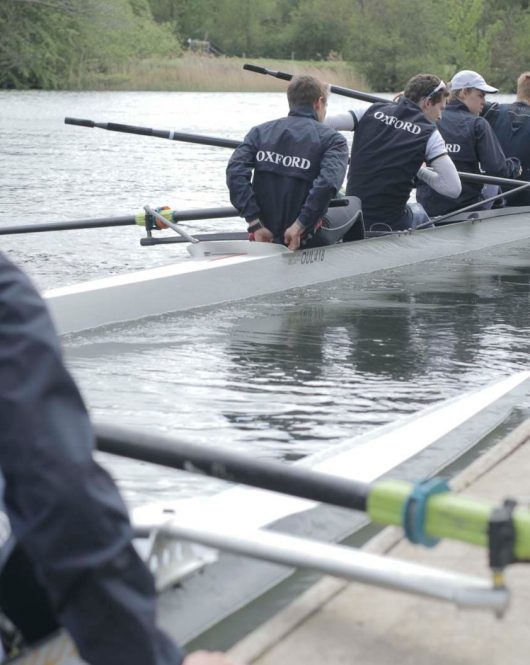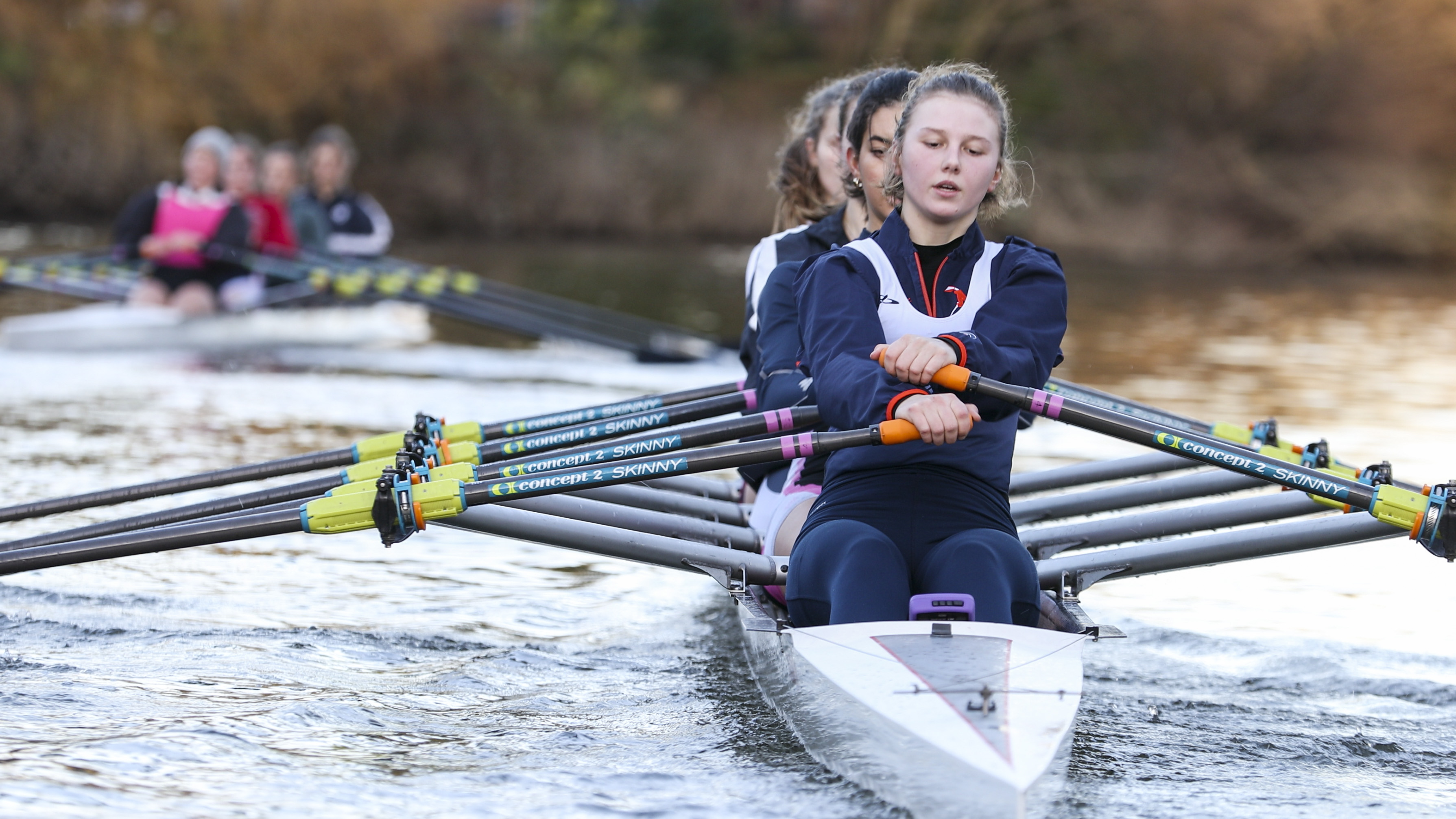Time to Distance…. which is the best. Coaches vary in how they write their training programmes. Some assign session duration by time and some by distance. Which do you do? Do you know why you do it that way?
We explore some of the reasons for either and show some pros and cons.
Training sessions can be set out using several different metrics, including time, distance, intensity, or volume. As a rowing coach, I always laid out water and ergometer rowing machine sessions according to distance, basing all other sessions around time. However, in rowing today, a discussion may be required around whether it is time to challenge our operating behaviours and to deepen our understanding of why we do things the way we do, and to ask if our methods deliver the best results in terms of effective sports coaching and athlete performance.
The reason for having such a discussion is that using time as the baseline metric from which to build training programmes could offer more effective ways of constructing training programmes that can generate more uniform output between different crews and different athletes.
A key role of a sports coach is to produce a training plan or programme. When writing a training programme, many rowing coaches set out the session plan using distance (kilometres or miles). The reason for this is straightforward: coaches know their stretch of river and know how much distance their athletes need to cover to generate the required amount of ‘work’. However, using distance in this manner as the metric can be a slightly blunt programming tool. Given the growing emphasis in sport on athlete monitoring and on collecting training information to enable use of performance data analytics, raw distance can be misleading when trying to understand how planned training compares to actual training output and benefits.
Case studies provide some context to this conversation.
Distance-based case studies
The first training programme example is a 20 km paddle with bursts for a men’s eight. However, one of the crew becomes unavailable due to illness, so three pairs and a single scull are boated.
The eight had planned to paddle at a pace of 1:45.0 (per 500 metres). In small boats, the athletes need to paddle at 2:04.0 in the pairs and 2:11.0 in the single to achieve the same training effect. Consequently, the pairs would need to paddle an additional 12 minutes (16.8% longer) and the single an additional 16 minutes (19.9% longer): in distance terms, this would mean the pairs being required to cover 17.1 km and the single 16.2 km.
The second case study is based around a club training programme covering a 16 km paddle, with 2 x 2,000 m pieces at rate 26 included in the paddle. The crews are a heavyweight men’s eight and a lightweight women’s single sculler.
With the two crews being of similar standard, using distance as the metric means they will be doing very different sessions.
Based on boat speed, let us suggest that the lightweight women’s single will take about 77 minutes to complete the work, including 25 minutes at rate 26 for the two pieces. For the men’s eight, the session will take about 55 minutes, including 18.5 minutes at rate 26 for the pieces. The session for the single scull is demonstrably longer and tougher.
The coach may have anticipated that the sculler will take longer to complete the session. However, it might therefore be necessary for the coach to adjust the overall training programme to ensure the eight and the single continue to progress in the same way.
The training programme for the week includes 160 km on the water. Weather for the week turns very windy. This means crews spend more than 65% of their water time paddling into a headwind, with the week’s work taking at least 10% more time than normal, and with the crews working at higher intensities for longer due to paddling into the wind. The net effect can be similar to adding an extra session to the week’s programme.
If a training programme includes cycling, rowing, and ergometer elements, outputs will differ for each athlete even if the programme’s distance is the same on paper. Athletes will have different levels of ability in completing the required distances for each training type.
Assuming such a weekly programme included a 12 km ergo, 20 k rowing in single sculls, and 100 km on a bike, an athlete with a larger rowing physique may make light work of the ergo, but might be less efficient in a single and might spend longer on the bike than athletes with different physical qualities including better power-to-weight ratios. In sum, a programme based around distance will, in such contexts, create differences for requirements and outputs between each athlete.
Time-based case studies
Training programmes based on time can create a more uniform requirement for athletes. Output needs can be managed within the set times by adjusting the required intensities for each athlete.
Coaches and physiologists across the rowing community seem to be moving more towards using time as the baseline for building training programmes. The Ludum performance analysis sports training software, including the coaching app, is designed with the flexibility to write training programmes using distance or time as the baseline. However, there is a strong argument that using time offers the ability to manage athlete outputs in a more uniform manner.
View more content like this

What Training are your Athletes Actually Doing?
Not only do the vast majority of coaches not know what the amount of training quality or volume each of their athletes has done, they
Power, Strength & Muscular Endurance in Sport: An Explanation
Power definition in sport is a hot topic. Having a grasp of the subtle but profound differences between power, strength and muscular endurance will better
Time to be more creative with your rowing machine workouts?
Technology is opening up new opportunities for rowing coaches to look outside of rowing for inspiration and prescribe more engaging indoor rowing workouts to their



